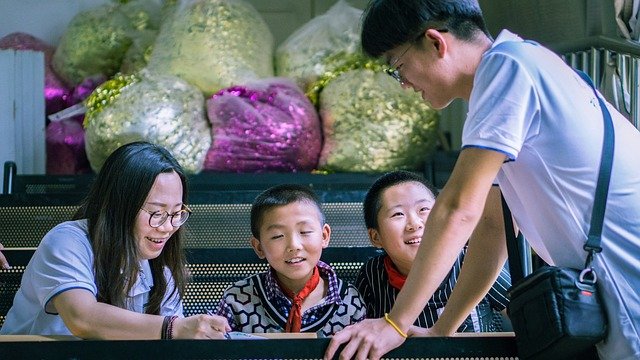The Benefits of Collaborative Projects in Education
In the evolving landscape of education, collaborative projects have become an increasingly popular method of teaching and learning. As classrooms continue to embrace innovative approaches, collaborative projects stand out for their ability to promote not only academic success but also essential life skills. By 2025, educators and institutions worldwide recognize that working together on shared tasks fosters a deeper understanding of content, enhances communication abilities, and prepares students for the demands of the modern workforce. This article explores the numerous benefits of collaborative projects in education, highlighting why they are an indispensable part of contemporary learning environments.

Enhancing Academic Achievement Through Teamwork
One of the most significant benefits of collaborative projects is the positive impact on academic achievement. When students work together, they pool their knowledge, skills, and perspectives, leading to a richer learning experience. Collaboration encourages active engagement with the material because learners explain concepts to one another, ask questions, and challenge assumptions. This process helps reinforce understanding and retention of information far better than passive learning methods such as lectures or individual reading.
Research consistently shows that students involved in collaborative learning outperform their peers in traditional settings. For example, a 2025 meta-analysis of educational studies found that collaborative projects improved students’ problem-solving abilities and critical thinking skills across various subjects, including science, mathematics, and language arts. By working in groups, students also develop a more nuanced appreciation of complex topics, as diverse viewpoints contribute to a more comprehensive exploration of the subject matter.
Moreover, collaborative projects often involve real-world applications, which increase motivation and relevance. When students see how their collective efforts can create something meaningful, such as a presentation, report, or creative product, they are more likely to invest time and energy into mastering the content. This hands-on approach makes learning more memorable and enjoyable.
Developing Essential Social and Communication Skills
Beyond academic benefits, collaborative projects are instrumental in cultivating social and communication skills that are vital for success in both personal and professional contexts. In today’s interconnected world, the ability to work effectively with others is highly valued. Collaborative projects provide a structured environment for students to practice and develop these competencies.
Through collaboration, students learn to listen actively, express their ideas clearly, and negotiate differences. These interactions teach empathy and respect for diverse perspectives, which are critical for fostering inclusive and supportive learning communities. For many students, especially those from diverse cultural backgrounds, collaborative projects offer opportunities to bridge gaps and build understanding.
Furthermore, teamwork requires students to manage conflicts constructively and make collective decisions. These experiences enhance leadership qualities and accountability, as each group member must contribute to achieve a common goal. By 2025, educators emphasize that these social skills are just as important as academic knowledge, preparing students for real-world challenges where collaboration is often the key to success.
Communication skills developed through collaborative projects also extend to digital literacy. With the rise of remote learning and virtual teamwork, students increasingly use online tools to coordinate efforts, share resources, and present their work. Mastery of these technologies is essential for future academic endeavors and career opportunities.
Encouraging Creativity and Innovation
Collaborative projects stimulate creativity and innovation by bringing together diverse talents and ideas. When students collaborate, they combine their unique strengths and perspectives, which can lead to unexpected solutions and creative outcomes. This synergy fosters an environment where experimentation and risk-taking are encouraged, essential components of innovative thinking.
In a collaborative setting, students are more likely to brainstorm freely and build on each other’s ideas. This iterative process not only improves the quality of their work but also nurtures a growth mindset, where mistakes are seen as opportunities for learning rather than failures. As education in 2025 increasingly focuses on preparing students for complex, rapidly changing industries, creativity and adaptability have become crucial skills.
Moreover, collaborative projects often cross disciplinary boundaries, encouraging students to integrate knowledge from various fields. For example, a project combining science, technology, engineering, arts, and mathematics (STEAM) challenges students to think holistically and develop multifaceted solutions. This interdisciplinary approach mirrors real-world problems and better equips students to tackle future challenges innovatively.
Conclusion
Collaborative projects in education offer a multitude of benefits that extend far beyond traditional academic achievement. By fostering teamwork, communication, and creative problem-solving, these projects prepare students for the realities of the 21st century. As we move further into 2025, the value of collaboration in education continues to grow, making it a cornerstone of effective teaching and learning. Educators, institutions, and policymakers should continue to embrace and expand collaborative approaches to ensure students develop the skills and knowledge necessary to thrive in an interconnected, dynamic world.
Disclaimer: All content, including text, graphics, images and information, contained on or available through this web site is for general information purposes only. The information and materials contained in these pages and the terms, conditions and descriptions that appear, are subject to change without notice.




